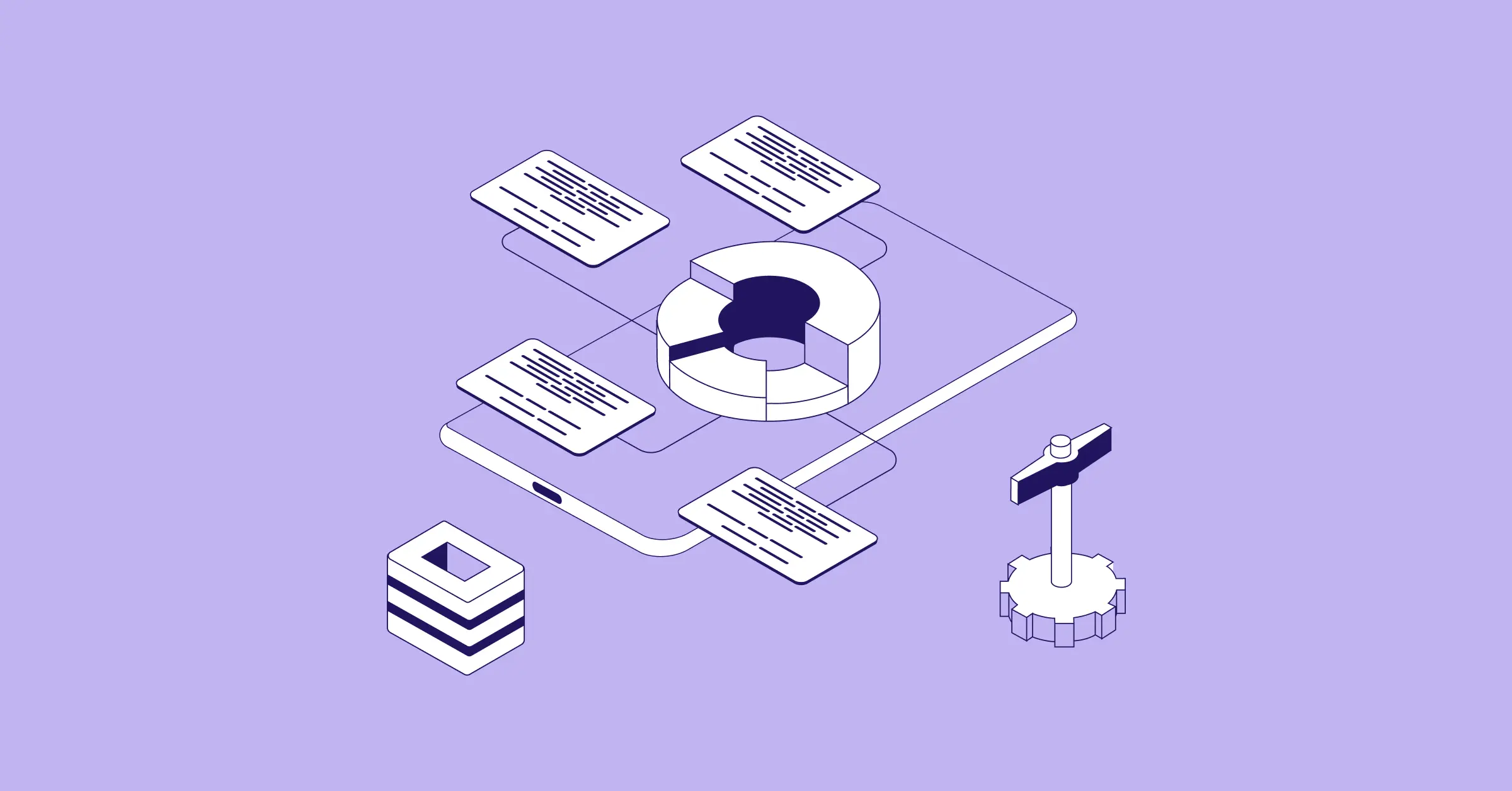
Sign up for our newsletter
Stay informed with the latest trends and best practices in finance and procurement.

Companies both large and small with accounts payable departments have experienced the headaches that come with misplaced invoices, canceled checks, erroneous payments, and many other mishaps. That’s why many businesses have turned to automation as a solution to handling the sometimes costly mistakes that come from manual accounts payable processing.
However, it can be challenging to ensure a smooth workflow even with automation in place. Below are 12 best practices in AP automation that will facilitate a smooth and seamless AP automation workflow no matter the size of your business.
1. Involve your finance team
As much as it may seem like they do, the accounts payable department doesn’t exist in a vacuum. That’s why it’s crucial to involve the finance team when it comes to making a fine-tuned accounts payable automation workflow. When the heads of finance are engaged in selecting the right AP automated solution, this ensures that everyone is on the same page.
2. Expect Complexity
It’s hopeful to think that automation will simplify the accounts payable process entirely. Although that’s the ideal outcome, that isn’t always how it is in the beginning. This is why it is beneficial to expect complexity when transitioning to any automated accounts payable process. To simplify the process of moving to an automated AP system, the best option is to create a collaborative workflow diagram. This allows for feedback from the entire team. When soliciting feedback, be sure to ask which tasks are necessary and which are redundant or archaic. The final result will be a simplified and smoother diagram from which to build a workflow around.
3. Fintech can help
Financial technology plays a significant role in ensuring that the accounts payable process proceeds smoothly. Fintech automates every facet of the AP system from end to end to provide simplicity and enhanced operations. Whether the goal is to eliminate manual tasks or to sharpen process efficiency, fintech offers the best solution for improving the accounts payable workflow,
4. Integrate with ERPs & other systems
One of the key practices to keep in mind when it comes to creating the right workflow for automated AP systems is ERP integration. It’s essential to ensure that the automated AP solution you choose is compatible with your existing ERP systems. If not, the company could run into significant challenges that would make it more costly in the long run.
5. Define workflows
When considering best practices for automated accounts payable processes, one of the critical steps is to define workflows, which will streamline your entire system and make sure that the process has no bottlenecks or unexpected interruptions. One practical tip here is to leverage automated accounts payable software that can establish guidelines for the entire workflow. This keeps everything running smoothly and everyone on the same page.
6. Manage vendors and suppliers
Managing lots of different vendors simultaneously can be challenging and error-prone. Instead, the right approach is to effectively manage vendors and suppliers using one simplified system. With the help of automated AP software, your company can easily manage your suppliers and allow for simplified information updates, invoice submission, and shipment monitoring,
7. Embrace the cloud
It isn’t uncommon for businesses to have a portion of their accounts payable system automated while the rest is done manually. Frequently, companies will depend on automation for something like invoicing while still manually entering specific data, which is labor-intensive, costly, and leaves lots of room for error. Instead, consider fully embracing the cloud and automating 100% of the accounts payable system for better efficiency.
8. Track KPIs
Tracking key performance indicators (KPIs) is essential to any effective accounts payable automation strategy. In fact, tracking KPIs is one of the most critical AP best practices to determine the operational efficiency of your entire organization. The first step is to gather data related to categories that affect your bottom line.
As procurement becomes automated, continue tracking the relevant KPIs to determine your workflow’s success. This helps you and your team continue focusing on and implementing what is working specifically for your business. KPIs to consider tracking for accounts payable performance:
- The number of invoices
- Number of invoice mistakes
- The cost of processing every invoice
- Total cycle time for invoice processing
- Discount captures
- Missed discounts
9. Leadership support
When considering AP best practices, leadership support will be a critical component of any successful AP automation strategy. Without leadership on board, it will be challenging to get approval for the financial technology software that’s needed to implement automation on a wide scale. Additionally, planning and implementing a successful accounts payable automation system will be better facilitated when leadership is on board to help direct the flow of vital internal processes related to supplier management, invoice processing, approvals, and payments. To gain leadership support, they should be informed of how the new automation tools will help to improve ROI and attain business goals.
10. Establish SOPs
Standard operating procedures (SOPs) will assist with moving the accounts payable workflow along smoothly, so there are no question marks or bottlenecks. For AP best practices, it helps to use automation to establish specific guidelines to help the workflow move along in a streamlined and cohesive pattern. Defined systems offer the support and guidance needed to ensure everything from ordering to vendor payments goes seamlessly.
11. ROI First, Savings Second
When planning out your AP automation strategy, It’s essential to focus on increasing ROI as this has long-term benefits. Focusing only on cost reduction may yield immediate results in terms of savings but will come at the price of long-term sustainability and future profits. Investing in technology that can help you leverage the benefits of automation will ensure:
- Faster invoice processing times
- Early vendor payment discounts
- Eliminate manual tasks for increased productivity
- Reduce costly errors to save more in the long run
12. Flexibility is key
One of the most helpful AP best practices is to remember to stay flexible. As your organization implements new systems and changes existing ones, having a malleable approach is vital. You will be testing and implementing new automation tools while also evaluating how they integrate with your existing systems. This takes a positive outlook and a flexible approach to support the best outcome, which is an improved ROI and enhanced long-term profitability.
Improve Your Accounts Payable With PayEm
Improving your AP automation strategy doesn’t have to be a challenging and lonely road. The experts at PayEm can assist you with every stage of transitioning your organization to a new and more robust accounts payable workflow. By implementing these 12 best practices and taking a strategic approach, your organization can have the opportunity to expand. Through PayEm, implement an effective AP automation process that includes:
- Automated invoicing
- Customizable approval flows
- View transactions at a glance
- Spend control with virtual cards, ACH wire, or checks
- Spend control & flexibility
- Instant transaction syncs with ERP
- Real-time spend reporting
- Eliminate the ‘paper trail’
With PayEm’s automation tools, your business can leverage technology to grow beyond the limitations of an archaic manual accounts payable system. Curious to learn more about AP best practices for your team with PayEm? Contact PayEm’s experts for a commitment-free, no-cost demo of the platform.


